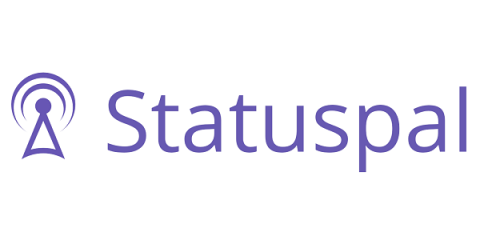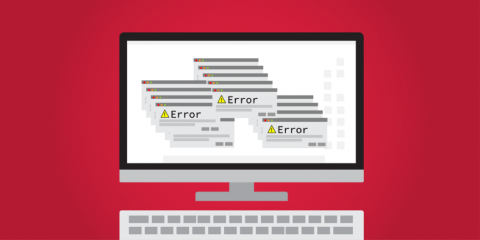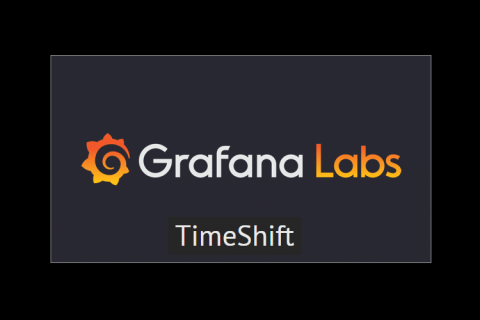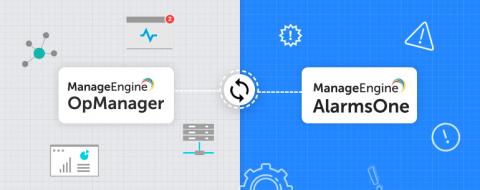Feature Update: New Reporting Capabilities
Today we’ve introduced an overhaul of our reporting tool which will make it much easier to get the exact data you want sent out to the people who need to see it. Previously it was only possible to send an automatic report for all uptime tests in your StatusCake account.










